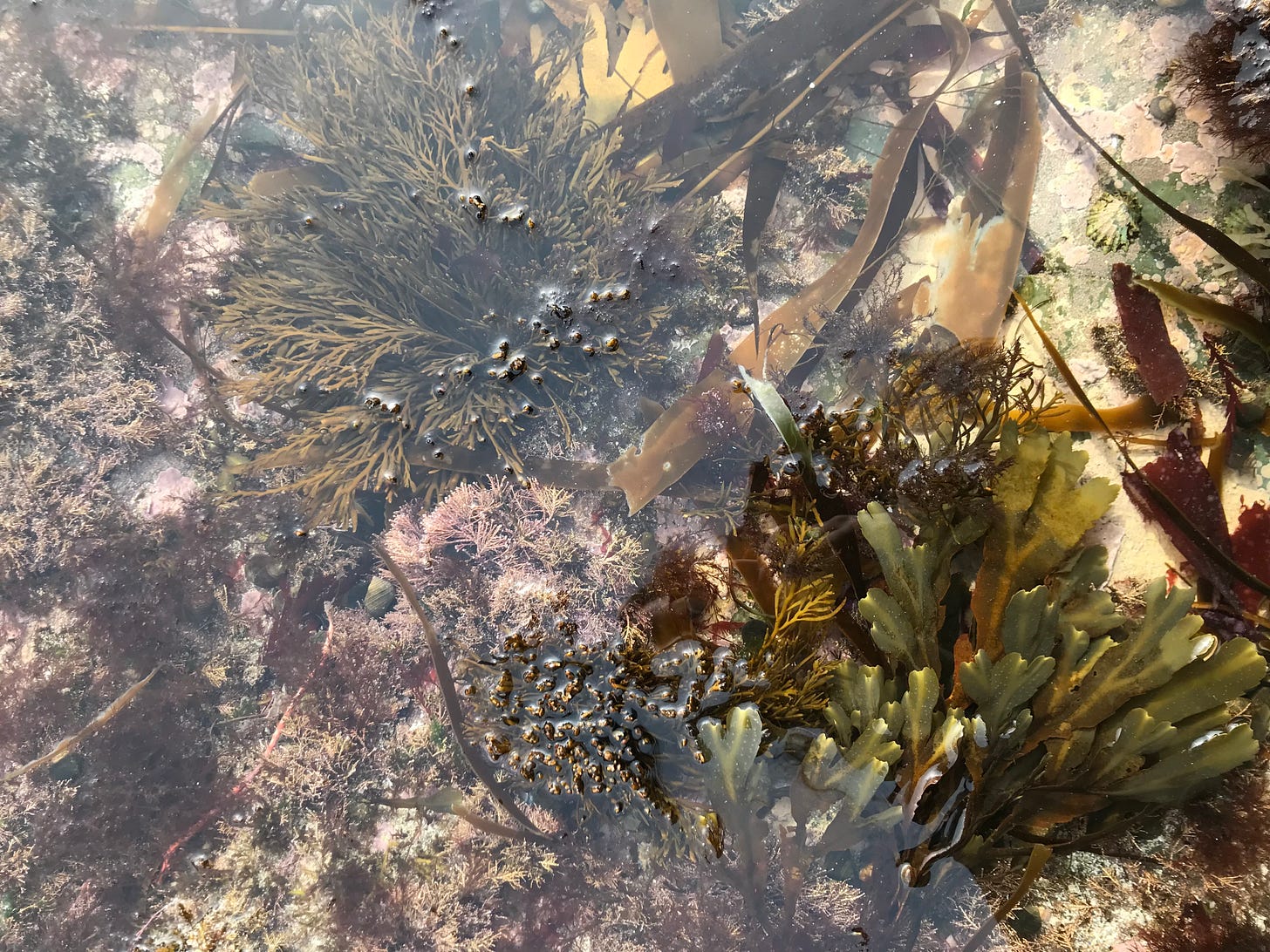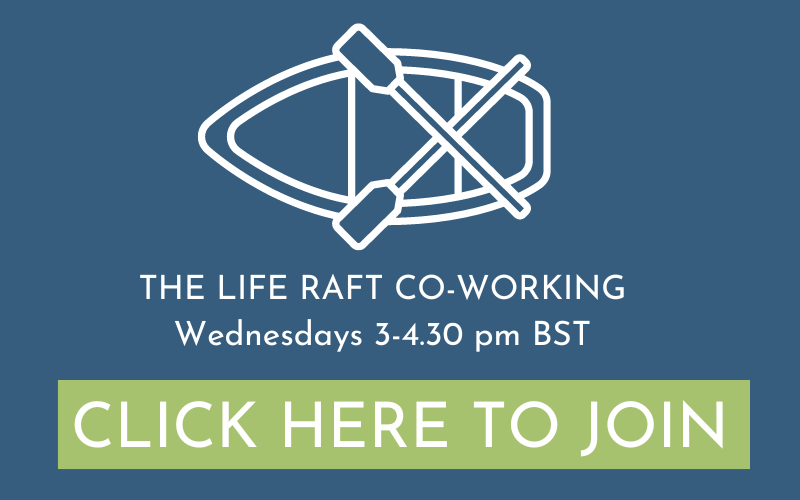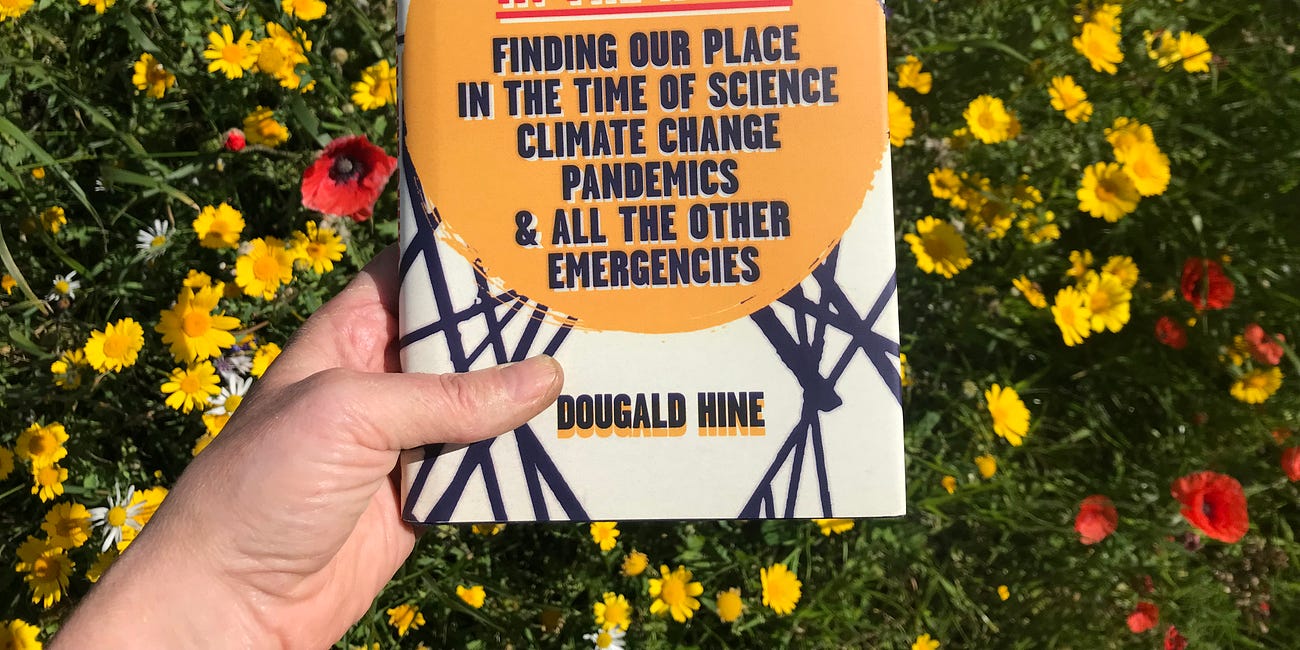Dear friends,
In other places it’s the trees that announce the change of the season, as their leaves turn and fall. In treeless Orkney it’s the fast incoming tide of darkness that you notice first.
Autumn comes so early here, and then swiftly collapses into Winter. It’s bittersweet to see our short summer gone already. Veils of rain come sweeping in from the sea. The barley ripples in green-gold waves, sunlit against slate-coloured clouds.
When I first told my brother I was moving to Orkney he responded, with mild horror, But the winters must be so dark!
Just so. Now we’re past the equinox we’re sliding quickly towards the darkness.
At night, stars again. Curtains drawn against the dark instead of the light. Every evening, as I pull them across the darkening glass I can still hear my mother’s voice commenting doomily, The nights are drawing in! as if the end of days was coming. But in the years I’ve lived here I’ve grown to accept, even love, this seasonal rhythm.
As the Orcadian writer George Mackay Brown wrote in An Orkney Tapestry:
Thermometer and barometer measure our seasons capriciously; the Orkney year should be seen rather as a stark drama of light and darkness. In June and July, at midnight, the north is always red; the sun is just under the horizon; dawn mingles its fires with sunset. In midwinter the sun intrudes for only a few hours into the great darkness, but the January nights are magnificent – star-hung skies, the slow heavy swirling silk of the aurora borealis, the moon in a hundred waters: a silver plate, a broken honeycomb, a cluster of fireflies.
Darkness heralds the season’s change. And so do the birds.
In the rapidly shortening days sudden flocks of golden plover turn in the air over the fields, moving like shoals of fish. They settle to feed on pastures that are slowly emptying of livestock as farmers bring their herds into the barns for winter. Large gatherings of curlew and lapwing go about probing the last of the cowpats for insects or poke around in the stubble left in the cut barley fields. Great honking squadrons of greylag geese wheel over the house in huge swirls, pinion feathers buzzing, tipping the air from under their wings as they drop to rest on the loch. Reports come in of rare migratory birds appearing in the North Isles.
The cliffs are emptied of seabirds now. There’s just a lingering ammoniac stink from the crust of white guano that will soon be flayed from the rocky ledges by the winter storms. The swallows are whirling around the chimney, chittering and swooping fast and low around each other. It looks like something is building in them, some excitement or restlessness.
One day, very soon, they’ll be gone.
It’s a fine, sunlit evening, perhaps the last of the year. I head out for a swim, keen to enjoy the sea while the water still holds the last of summer’s warmth in it. I head around the coast to where some rock pools form a little natural lido where the outgoing tide leaves a pool behind just big enough to swim a few lengths up and down.
I stagger down the steeply banked shore and over the rocks to the water’s edge, placing my feet carefully between slippery ribbons of kelp. I immerse myself in careful, breathless stages. The water is bone-chilling and out of the direct sunlight there’s a nip in the air.
I pause to let the gasping pass and my heartbeat settle, and then I am afloat and swimming. I do some quick lengths while I acclimatise, then float face down with my snorkel on, gently pulling myself through slippery amber fronds of kelp and dark bladderwrack. Tiny creatures drift and glint in shafts of sunlight, like dust motes in the slanted columns of stained-glass tinted light in St Magnus Cathedral. Tiny minnows flick and dart away from me to hide among fans of chartreuse, burgundy, dusky pink and bottle green seaweed. A clump of weed as fine as hair fluoresces in a sunbeam, a bright acid green.
I lift my face, push back my snorkel mask, and hang neck deep in the cold, clear water and look towards the west. Just beyond a narrow barrier of rocks the sea is churning. Out there I can see a big, slow swell lift and break over a reef. Surging white waterfalls tip over the black rocks and fall in glistening, lacy garlands.
But the tidal pool I am floating in is mirror-still, a natural infinity pool. I bob around lazily, sending out slow ripples. I can feel my heart pumping steadily, held in this amniotic rockpool womb. Within me, a small ocean swallowed, my cells all filled and floating in fluids, my blood as saline as this sea, the seeping bog of my gut bubbling and seething.
Only briefly does the water fill the cells of my small body before continuing on its way, on out and into the wide world again. I’m a siphon, like a bivalve or an urchin, a filter-feeder taking stuff in and sending it out into the world again; water, breath, thoughts, ideas, words, images.
The waves that I can see churning out beyond this saline cradle hold enormous power and the tidal forces that sweep around these islands are some of the strongest in the world. The North Atlantic waves fetch up from thousands of miles away. With each tide the whole ocean spills the rim of its basin and washes into the North Sea and out again.
Twice a day, every day, billions of gallons of water sweep through the Pentland Firth between Orkney and Scotland. It sets up ferocious whirlpools, especially when the tide runs against the wind. One of these, known as the Swelkie, sets the sea north of the island of Stroma boiling and jumping. It was said by the Vikings to be where a sea witch ground out the salt that kept the sea salty.
This powerful sea could be Orkney’s future as well as past prosperity. Industries around extracting wealth from whales, herring, kelp have all come and gone. For now the oil still flows in and out of the terminal on the island of Flotta, passed between tankers in the sheltered waters of Scapa Flow, but that must be wound down soon too, surely.
In the water not far from here a great machine has been set afloat. It looks like a ditched jumbo jet; a giant turbine designed to harness the power of the twice daily push and pull of the tide. Other machines along this coast gather the movement of the waves and turn them into electricity.
Marine renewable prototypes are tested here for companies worldwide. It’s world-leading research and development that international delegates and venture capitalists come to view, and politicians visit for hard-hat photo-opportunities.
Rich in wind power and dotted with turbines, Orkney already generates more electricity than it can use. Often the turbines have to be shut down so the excess electricity doesn’t burn out the cable that carries power under the sea to mainland Scotland, built as it was for a fossil fuel age that sent it northwards from big power stations in the South.
Now, an innovative ‘smart’ grid shunts this locally generated power around the islands as supply rises and falls with the wind. Electric vehicles and heat pumps are commonplace here and there is big talk of using this overabundant electricity for hydrogen fuel cells that could power inter-island ferries.
And yet Orcadian residents pay a hefty ‘remote’ surcharge on power. Fuel poverty is endemic here, the worst in the UK. Many island families must turn the heating down for fear of crippling bills, even as they watch the turbines spin and hum on every hillside.
The seabed all along this coast is being leased to companies anticipating the industrial-scale roll-out of wave, tidal and offshore wind generation. The water that moves above it has long been held in common, its benefits shared, but the privatisation of the seabed has enclosed this watery commons and leased it to the highest bidders, pricing out smaller local and community-owned interests.
To look out to the west in a decade’s time might offer a very different prospect; the power of the wild Atlantic set in harness and monetised, the seabed webbed with cables and concrete, phalanxes of white turbines stitching sea to sky all along the horizon.

A new cable is to be laid, that will link Orkney’s electrical grid to the mainland, to export power to the cities in the south. New onshore wind turbines are planned to add to the offshore ones. Pylons and cables will criss-cross the landscape. Ground has been broken on the site of a huge substation and the temporary accommodation block needed for the 230 construction workers who will be brought in to build it.
I try not to regret this large-scale industrialisation too much, though I fear what such a Klondike influx of powerful interests will bring with it to this small archipelago. The massive new ‘Viking’ windfarm development has brought controversy, rancour, disruption and environmental impacts to our neighbours in Shetland.
I try to take hold of the hope that the North Atlantic tides and storms that eat away the past along these coasts, eroding thousands of years of archaeology every winter, might also offer us the chance of a future that stretches at least as far. But whose future will dominate, and whose will be forgotten? Technology has a track record of unintended consequences and serving the vested interests of those who control it, that temper my enthusiasm for such big schemes.
We will need to rediscover that any world worth living for centres not on the vast systems we build to secure the future, but on those encounters that are proportioned to the kind of creature we are, the places we meet, the acts of friendship and the acts of hospitality in which we offer shelter and kindness to the the stranger at the door.
In an hour or two the tide will rise and the little pool in which I’m floating will vanish, submerged once again into the wide Atlantic by the planet’s slow pulse.
Whatever unfolds in the decades to come, there’s a deeper time unfolding here than I can ordinarily sense. Something more felt than thought. There’s a comfort in feeling absorbed into the bigger rhythms of tides ebbing and flowing with the moon’s pull, of the darkness rising and fading to Earth’s tilted spin round the Sun, and the saline flow of ocean around, in and through my own small body.
Back home again I peel off my clothes and stand in the shower, turning the thermostat as high as I can bear it. Deliciously hot water pours over my cold skin until I am bright pink and the salt sea water has washed off me and back out into the world again.
Join the Life Raft Co-Working Session
If you need some focused time to work on your creative projects, join our co-working session every Wednesday from 3 pm to 4.30 pm UK time. It’s very simple. We say hello, say what we’ll be working on, then leave our cameras on and work together in quiet companionship for an hour, then sign off at 4.30 with a quick check-in chat. That’s it! If you miss a session or can’t make it live, a recording will be made available to paid subscribers for two weeks after the session. You can find it in the subscriber chat HERE.
Until next week
– Sam
You might also enjoy reading…
The path to the future is made by walking.
Big tech makes big promises to solve the problems of climate change. But the path to the future is one that is made by walking, and it may look more humble than you think.
Did you know you can help other readers find The Life Boat by clicking the little heart icon at the top or bottom of this email to ‘like’ it? You can also use the speech bubble icon to comment or reply.












From immersing us in the wonder of place to the contrariness of our continued exploitation of the environment… There are kelp-like twists and turns here. I too notice the new colonisation of Northeast Scotland—turbines, cable routes, pylons, afforestation of farmland—and the screaming injustice of the historic surcharge that the people here pay for their electricity. This, surely, is overdue for change. I was staggered to read that your swallows were at that moment still with you. Ours left on 18 September.
“I’m a siphon, like a bivalve or an urchin, a filter-feeder taking stuff in and sending it out into the world again; water, breath, thoughts, ideas, words, images.”
What a beautiful metaphor for the life of an artist.
Thank you. :)